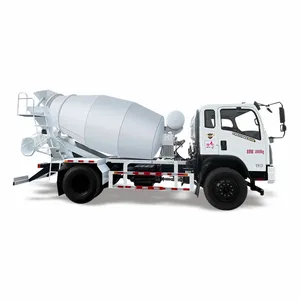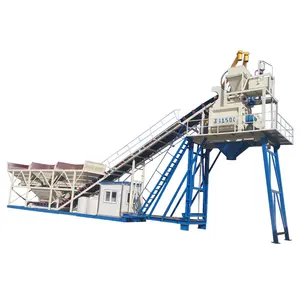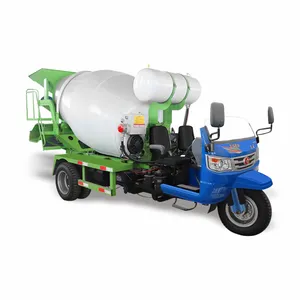When exploring the range of concrete mixer drums on Alibaba.com, potential buyers will encounter a diverse selection. The platform lists self-loading mixer trucks, which are a testament to the innovation in this category, with capacities ranging from 2.6 cubic meters to larger models. These self-loading trucks enhance efficiency on construction sites by automating the loading process.
Additionally, the platform showcases portable concrete mixers in various sizes, catering to different project scales. The portable mixers emphasize mobility for on-site mixing needs. For more tailored requirements, Alibaba.com features customized mixer drums, with capacities from 1 to 16 CBM, allowing buyers to select a size that fits their specific construction demands.
The variety extends to the design aspects as well, with mixers available in configurations that offer convenience and adaptability for different work environments. For smaller scale operations, mini concrete mixers are listed, which are compact and equipped with solid motors, suitable for less demanding tasks or where space is at a premium.
In summary, Alibaba.com presents a comprehensive range of concrete mixer drums, from self-loading trucks to customizable capacities, and from portable units to miniaturized versions. This variety ensures that regardless of the construction project's scale or the specific needs of the task at hand, there is likely a concrete mixer drum available on the platform to meet those requirements.


































 浙公网安备 33010002000092号
浙公网安备 33010002000092号 浙B2-20120091-4
浙B2-20120091-4